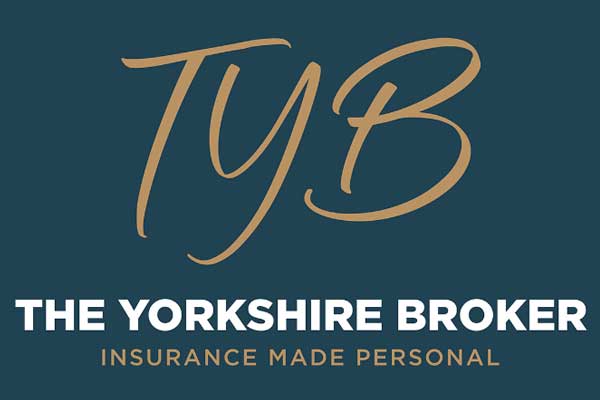Flooding has always been a problem for houses in floodplains, low areas and near rivers. However, flooding is becoming a more common issue in places that were usually low-risk or no-risk. It’s said that now ‘no city, town or village is immune’ from the risk of flooding.
Due to more changeable weather, heavy bursts of rain have increased in number, and also in strength too. So not only are they affecting new areas, but they’re more damaging in problem areas too. With this increase, it might be time to explore your existing protection against flooding, to work out whether your insurance is covering you adequately. So what do you need to keep an eye on when it comes to financial flood protection?


